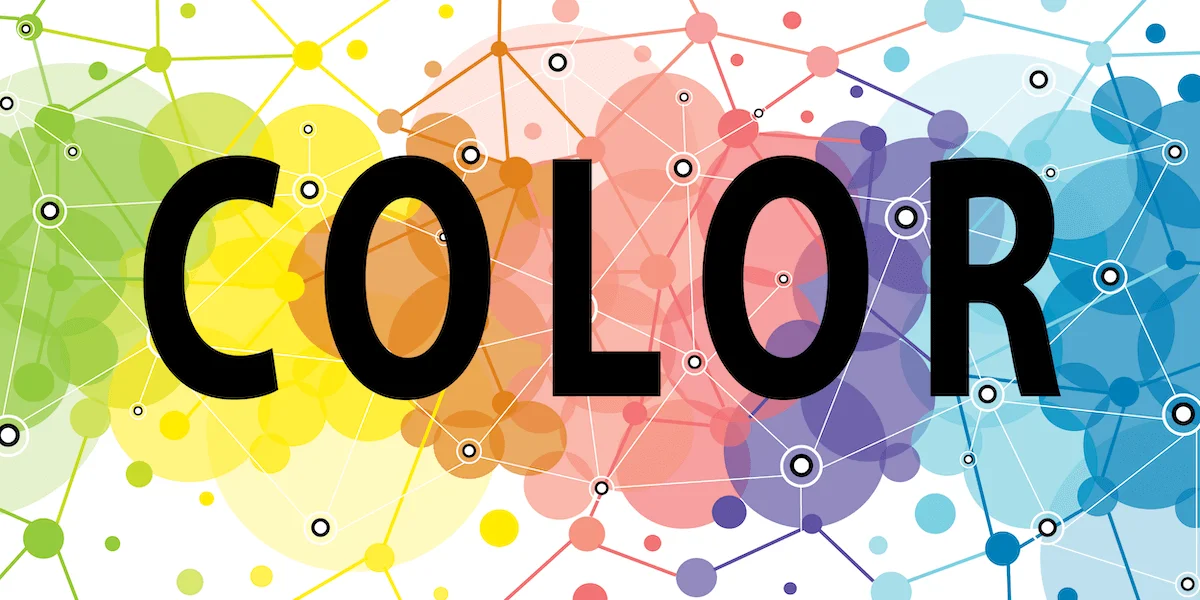Exploring the Psychology of Color Through Branding

Updated July 15, 2019
Have you ever considered the importance of color in branding? For example, look at the circles below one at a time. What is the first brand that comes to your mind when you look at the red circle, blue circle, yellow circle, and green circle? For red you probably thought about Target, Coca-Cola, or maybe Netflix. For the blue circle, Facebook, Wal-Mart, or Lowes might have entered your mind. Looking at the yellow circle, you may have thought about McDonalds or Snapchat. And lastly, looking at the green, you probably thought of Starbucks, Spotify, or the Android icon. The reason the same brands come to mind is a concept called “The Psychology of Color”.
There is a reason why people prefer certain colors over others. This preference says volumes about our personalities, because each color has an association with a reaction our brain has when we internalize it.

Branding Through Color
Going back to the circle example, the corporations associated with each color understand that proper use of color is vital to creating a positive image among consumers. That example also proved that some brands are instantly recognizable by a single color. Color plays a huge role in memory recall, it stimulates all the senses, instantly conveying a message like no other communication method.
Choosing the right dominant color for your brand is crucial. This color should appear on all your promotional materials, including your logo and product packaging. As much as possible, the color you choose should set you apart, work with your industry and image, and tie to your brand promise. Colors can mean different things depending on the culture, situation and industry. If you’re presenting a new brand, take this quiz to help you figure out, “What Color Should Your Brand Be?”
The color a company uses to brand itself conveys how trustworthy they are to consumers, the quality of their products, and much more.
Most colors can be categorized into two basic categories: warm and cold. In general, warm colors, like red and yellow, send an outgoing, energetic message, while cool colors, like blue, are calmer and more reserved. However, brightening a cool color increases its vibrancy and reduces its reserve.
Another important color concept to remember when marketing your brand is perception of color. The “meaning” of the color depends on where and in what cultural contexts your audience and potential client base are located. For example, white stands for purity and innocence in the United States, but in India it symbolizes death and must only be worn to funerals or ceremonies that mark death in a family.
Branding and color have a particularly symbiotic relationship when it comes to the marketing and communications industry. Their relationship extends far beyond communications, and well into consumer habits. (See each color with characteristics at the bottom of the page.)
Color Considerations
1. Complementary Colors
Most people learn what complementary colors are in grade school, and it mostly speaks for itself… Two colors that “complement” each other are complementary (or can be seen across from each other on the color wheel). Complementary pairs contrast because they share no common colors. These colors can also appear very exciting and seem vibrant when placed side by side.
2. Luxury or Approachability?
Neutral color palettes such as white, silver, and black are a favorite of many luxury brands, which want to be perceived as elegant and is often associated with a minimalistic design style. The white and silver in brands such as Apple and Tesla, offer a clean, contemporary look and feel. Looking modern is key for brands that want to be on the cutting edge in their field, and that’s why so many technology companies opt for this color scheme. Purple, given its traditional association with royalty, can also be a good choice for brands seeking to communicate luxury.
But what if your brand wants to be perceived as accessible and fun-loving? Brighter, more festive colors are your best option. People associate red with excitement and energy, while yellow is optimistic and happy. Green is authentic, fresh, and friendly. If your product or service aims to inspire such feelings in your customers, these might be the colors for your brand.
3. Legibility
The right colors are, first and foremost, those that ensure your visual content is legible. That means pairing colors that are relatively high-contrast; no light gray on white, navy on black, or any other colors that are not complementary. On the other hand, don’t go too high-contrast –a combination of two bright colors might strain the eyes.
Although rainbows are beautiful, using more than 4 colors in your logo is frowned upon. According to Nora Kramer, “95% of big brands use one or two colors in their logo, and .05 use more than three”. Exceptions are seen in some logos (e.g. NBC, Google) but these brands are ubiquitous across the world.


Conclusion
Color is essential in branding, choosing the right color palette for your next logo, graphic, social media post, or interactive landing page may be huge improvement in engagements and sales. A knowledge of color psychology in marketing can help you determine when and how to veer from certain guidelines, or which brand colors to make dominant in certain pieces of visual content.
*How Humans Perceive Color: (United States)






Looking for web hosting? Look no further! KnownHost offers Shared, Cloud, VPS and Dedicated hosting to suit any budget – all with proven best uptime on the planet! Check out our Managed VPS Pricing.
